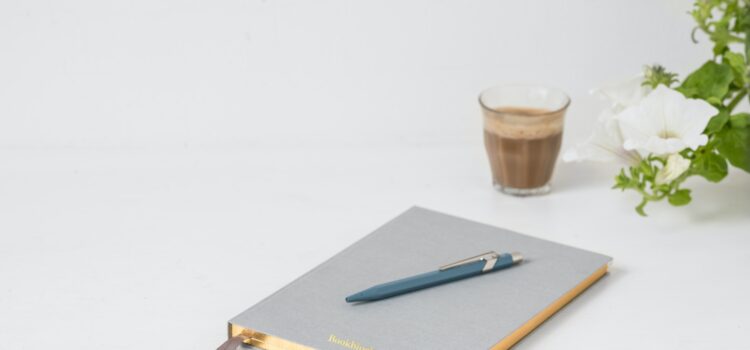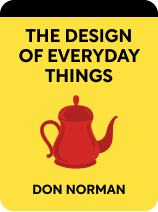

This article is an excerpt from the Shortform book guide to "The Design of Everyday Things" by Don Norman. Shortform has the world's best summaries and analyses of books you should be reading.
Like this article? Sign up for a free trial here .
What are optimal designs? How can you optimize the three levels of processing for great designs?
Optimal designs are the most successful designs that take into account multiple areas of human functioning. By utilizing the three levels of processing, you can create optimal designs.
Read more about optimal designs and how they work.
Optimal Designs: Use the Three Levels
The most successful designs address issues at all three of these levels, leaving users with a pleasant memory of the experience and a positive view of the design. Traditionally, designers, artists, and architects are trained to focus on the visceral level, creating aesthetically beautiful projects that provoke an immediate positive response. Engineers, on the other hand, focus on the reflective level, creating projects that function based on logic and higher reasoning.
This is one reason common objects are so often confusing or disappointing to use. The ultramodern, solid glass door described in Chapter 1 might provoke a positive visceral response, but the lack of a clear, logical way to interact with it creates confusion at the reflective level. At the other extreme, medical equipment is often designed purely to perform a specific function. These machines might be incredibly technologically sophisticated, but the confusing or sterile aesthetic can trigger a visceral fear response in patients.
The three levels of processing also map onto the seven stages of action. The second and last of the seven stages (“plan” and “compare”) happen at the reflective level, as they involve consciously setting goals and evaluating results. The “specify” and “interpret” stages happen at the behavioral level, involving a mix of conscious and unconscious processing. The “perform” and “perceive” stages happen immediately before and after the action itself, and are processed subconsciously on the visceral level.
Example: Flow States
To understand the importance of this overlap in optimal designs, let’s look at the concept of flow. The term “flow,” coined by psychologist Mihaly Csikszentmihalyi, refers to a cognitive and emotional state in which a person is completely absorbed in an activity. When in a state of flow, people are so engrossed in an activity that they completely shut out the outside environment and often lose track of time.
Flow states are created at the behavioral level of processing. Remember that the behavioral level involves subconscious expectations—we expect a certain outcome to follow a certain action, and when that doesn’t happen, we tend to get frustrated. People are most likely to be in flow when the task they’re working on is just slightly above their skill level.
When an overly easy task satisfies our expectations immediately, with very little effort, the lack of challenge leaves us feeling bored. On the other hand, an overly difficult task is likely to be so overwhelming that our expectations are repeatedly unmet, so we get frustrated and give up. Tasks that trigger flow states strike the perfect balance between ease and frustration (or between met and unmet expectations). The tension between these two emotions powerfully captures our attention and pulls us into a state of flow.
Although flow is a personal experience and no one design can trigger a flow state for every single user, it’s still a powerful force in shaping user experience. Users in a state of flow spend hours at a time engaging with a product and will associate it with a feeling of satisfaction and enjoyment. Those positive experiences are likely to create happy, loyal customers. In other words, helping users get into a state of flow is good for the bottom line.
So, what does this have to do with optimal designs? Since the design of technology has a direct impact on how users engage with it, changing certain design factors can maximize the chance of creating a specific internal response for the user, including a state of flow. To do this successfully, we need to understand both the three levels of processing and the seven stages of action.
- First, we need to know which of the three levels is responsible for processing the desired emotion (in this case, the fact that being in flow is determined by expectations tells us we are dealing with the behavioral level).
- Next, we need to know which of the stages of action are involved (in this case, “specify” and “interpret”), since these stages tell us what specific activities influence that level of processing. In other words, understanding the levels of processing tells us where optimal designs can intervene, and understanding the seven stages of action tells us how.

———End of Preview———
Like what you just read? Read the rest of the world's best book summary and analysis of Don Norman's "The Design of Everyday Things" at Shortform .
Here's what you'll find in our full The Design of Everyday Things summary :
- How psychology plays a part in the design of objects you encounter daily
- Why pushing a door that was meant to be pulled isn't your fault
- How bad design leads to more human errors






